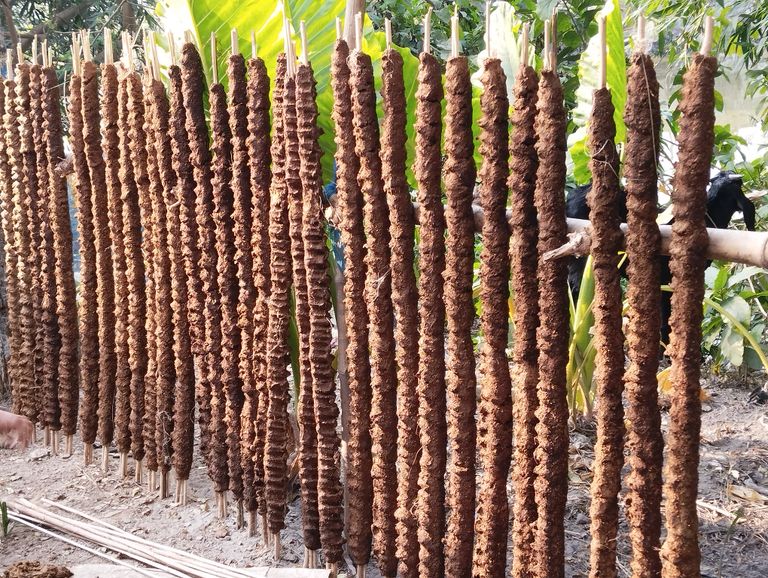
The Traditional Method of Preparing Cow Dung Sticks.
Cow dung sticks, also known as "gobar lathi" in Bengali, hold cultural and practical significance in many rural communities. These sticks, made from dried cow dung, are commonly used as fuel for cooking, religious rituals, and even as organic fertilizers. In this blog, we will explore the traditional process of preparing cow dung sticks, their uses, and benefits in an eco-friendly way.
What Are Cow Dung Sticks?
Cow dung sticks are elongated pieces made by shaping and drying fresh cow dung. They are primarily used as a sustainable alternative to firewood, particularly in rural areas where firewood might be scarce or expensive.
Materials Needed
To prepare cow dung sticks, you’ll need:
Fresh cow dung: Preferably from healthy, grass-fed cows.
Water: To adjust the consistency.
Straw or husk: Acts as a binder and helps in drying.
A flat surface: For shaping and drying.
Mold (optional): For uniform shapes.
Steps to Make Cow Dung Sticks
Step 1: Collect Fresh Cow Dung
Gather fresh cow dung from cows that are free from any diseases or chemical treatments. Ensure the dung is moist and free from debris or stones.
Step 2: Mix the Ingredients
In a large container, mix the cow dung with a small amount of water to make it pliable. Add straw, rice husks, or other fibrous materials to the mixture. This addition strengthens the sticks and improves combustion efficiency.
Step 3: Shape the Sticks
Take a handful of the prepared mixture and roll it into elongated sticks about 1–2 feet long. You can make them thicker or thinner depending on the intended use. Optionally, use molds for uniform shapes.
Step 4: Drying
Place the sticks on a flat, clean surface under direct sunlight. Ensure there is enough space between the sticks for proper airflow. Dry them for 5–7 days or until they are completely hard and moisture-free. During the rainy season, you can use a covered drying area or hang them under a roof.
Step 5: Storage
Store the dried cow dung sticks in a cool, dry place. Keep them away from moisture to ensure longevity and prevent mold growth.
Uses of Cow Dung Sticks
- Fuel
Cow dung sticks are a cost-effective and eco-friendly fuel source for cooking in rural households. They burn slowly and provide consistent heat.
- Religious Rituals
In many cultures, cow dung is considered sacred. Dried sticks are burned during religious ceremonies to purify the environment and ward off negative energies.
- Organic Fertilizer
When burned, the ash from cow dung sticks is rich in potassium and phosphorus, making it a natural fertilizer for plants.
- Insect Repellent
The smoke from burning cow dung sticks acts as a natural insect repellent, especially in agricultural fields.
Benefits of Using Cow Dung Sticks
Eco-Friendly: They reduce the dependency on deforestation for firewood.
Cost-Effective: Ideal for low-income households.
Sustainable: Repurposes natural waste into useful products.
Non-Toxic: Unlike chemical fuels, they emit fewer harmful pollutants.
Precautions While Making and Using Cow Dung Sticks
- Wear gloves while handling fresh cow dung to maintain hygiene.
- Ensure the sticks are thoroughly dried before storage to avoid fungal growth.
- Use in well-ventilated spaces to avoid excessive smoke inhalation.
The process of making cow dung sticks is a testament to human ingenuity in utilizing natural resources sustainably. By adopting this traditional method, you not only preserve cultural heritage but also contribute to environmental conservation. Whether for daily use or special rituals, cow dung sticks remain an essential element of eco-friendly living.
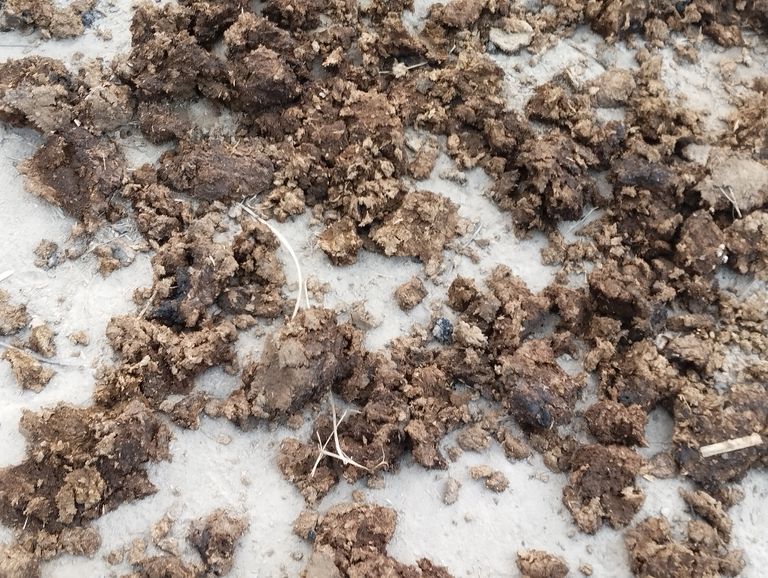
The Uses of Cow Dung in Everyday Life
Cow dung, a by-product of cattle, has been an integral part of human life in many cultures for centuries. While it may seem like an ordinary waste material, cow dung has numerous applications that are both sustainable and beneficial. In this blog, we will explore the various uses of cow dung in agriculture, energy production, medicine, construction, and more.
- Agricultural Uses
Cow dung is an excellent natural fertilizer that enriches soil quality. It is rich in essential nutrients like nitrogen, phosphorus, and potassium, which are vital for plant growth. Farmers often use cow dung as compost or mix it with other organic materials to create nutrient-rich manure.
Additionally, cow dung improves soil texture and retains moisture, reducing the need for chemical fertilizers. This not only enhances crop yield but also promotes sustainable farming practices.
- Energy Production
One of the most significant uses of cow dung is in the production of biogas. When cow dung is fermented in an anaerobic environment, it releases methane, which can be used as a renewable source of energy. Biogas is used for cooking, lighting, and even powering small machinery in rural areas.
The residue left after biogas production, known as slurry, is a high-quality organic fertilizer, making the process completely waste-free.
- Medicinal Applications
Cow dung has been used in traditional medicine for its antibacterial and antiseptic properties. In many rural communities, it is applied to wounds to prevent infections. It is also believed to have detoxifying properties when used in specific traditional remedies.
In Ayurveda, cow dung is considered sacred and is used in the preparation of some medicinal formulations. While scientific research on its medicinal benefits is still ongoing, traditional practices highlight its importance.
- Construction Material
In rural areas, cow dung is mixed with mud to create a plaster for walls and floors. This mixture is used for building huts and houses due to its insulating properties. Cow dung plaster keeps homes cool in summer and warm in winter.
It also acts as a natural pest repellent, preventing termites and other insects from damaging the structure. Additionally, cow dung is used to create bricks and fuel for cooking.
- Fuel for Cooking
Dried cow dung cakes have been used as a traditional cooking fuel in many regions. They are an inexpensive and eco-friendly alternative to wood and coal. Cow dung cakes burn slowly and produce steady heat, making them suitable for cooking food.
- Religious and Cultural Significance
In many cultures, cow dung is considered sacred and pure. It is used in religious rituals and ceremonies. For example, it is spread on the floors during festivals and special occasions as it is believed to purify the space.
- Pest Control
Cow dung ash, the residue left after burning, is a natural pesticide. Farmers sprinkle this ash on crops to deter pests and protect plants from diseases. It is an eco-friendly alternative to chemical pesticides.
- Eco-Friendly Packaging
Innovative entrepreneurs have started using cow dung to create biodegradable packaging materials and paper products. These products are sustainable, cost-effective, and help reduce plastic pollution.
Cow dung, often considered waste, is a resource with immense potential. From agriculture to energy production and traditional medicine, it has applications that promote sustainability and environmental conservation. Its versatility and eco-friendly nature make it an invaluable asset, especially in rural communities. By utilizing cow dung effectively, we can contribute to a greener and more sustainable future.
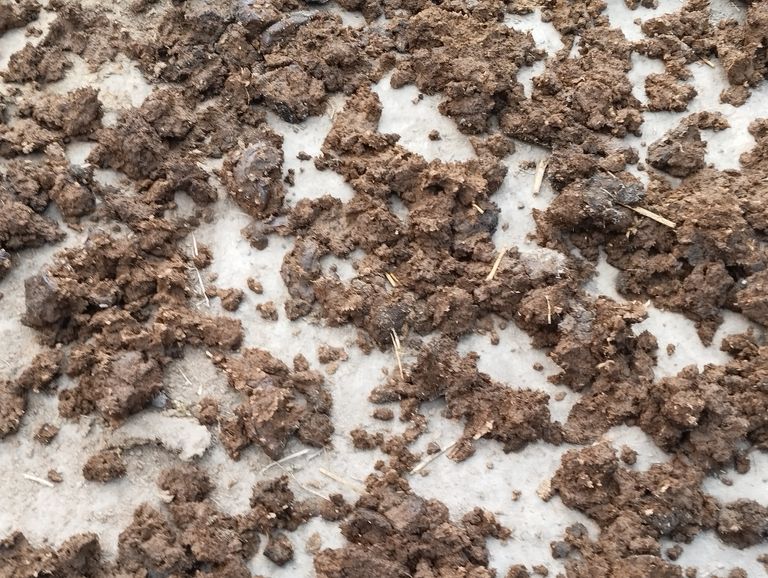
What to Do When Your Cow Has Diarrhea: A Comprehensive Guide
Diarrhea in cows, also known as scours, is a common issue that can affect their health and productivity. It can be caused by various factors such as infections, poor diet, or stress. If not addressed promptly, diarrhea can lead to severe dehydration and even death. This guide will provide detailed steps to identify the causes, symptoms, and remedies for cow diarrhea.
Causes of Diarrhea in Cows
- Infections:
Bacterial: Salmonella, E. coli, and Clostridium are common bacteria causing diarrhea.
Viral: Rotavirus and coronavirus can lead to scours in calves.
Parasitic: Worms like coccidia or gastrointestinal parasites are major culprits.
- Dietary Issues:
Abrupt changes in diet, such as switching from dry feed to green grass.
Overfeeding grains, which can cause acidosis.
Consumption of spoiled or moldy feed.
- Environmental Factors:
Stress from transportation or extreme weather conditions.
Poor sanitation in feeding or housing areas.
- Toxic Substances:
Ingestion of toxic plants or contaminated water.
Symptoms of Diarrhea in Cows
Loose or watery stools: The most noticeable symptom.
Dehydration: Dry nose, sunken eyes, and reduced skin elasticity.
Weight loss: Rapid loss of body mass, especially in calves.
Lethargy: Reduced activity or unwillingness to move.
Reduced milk production: For lactating cows, milk output may drop significantly.
Fever or abnormal temperature: Indicates infection or severe illness.
Immediate Steps to Take
- Isolate the Affected Cow:
Prevent the spread of infection to other animals.
Keep the sick cow in a clean, dry, and comfortable area.
- Ensure Adequate Hydration:
Provide clean, fresh water at all times.
Administer oral rehydration solutions (ORS) with electrolytes to restore fluid balance.
- Monitor Feed Intake:
Avoid feeding grains or high-energy diets initially.
Switch to easily digestible fodder like hay or silage.
- Maintain Hygiene:
Clean the cow’s housing area regularly.
Sanitize feeding and watering equipment to prevent reinfection.
Treatment Options
- Home Remedies:
Rice Water: Helps to soothe the digestive system and thicken stools.
Banana Pulp: A natural source of pectin that aids in stool formation.
Coriander or Fenugreek Seeds: Known for their digestive benefits.
- Medications (Consult a Veterinarian):
Antibiotics: For bacterial infections.
Antiparasitic Drugs: To treat worms or protozoal infections.
Probiotics: Help restore gut flora and improve digestion.
- Electrolytes and Vitamins:
Administer electrolyte solutions intravenously or orally to combat dehydration.
Vitamin A and D supplements can boost recovery.
Preventive Measures
- Vaccination:
Regular vaccinations against common bacterial and viral infections.
- Proper Feeding Practices:
Introduce dietary changes gradually.
Ensure high-quality and mold-free feed.
- Hygiene and Sanitation:
Clean water supply and hygienic feeding areas.
Regular disinfection of cow sheds.
- Regular Health Checkups:
Routine deworming and monitoring for early signs of illness.
When to Call a Veterinarian
Persistent diarrhea for more than 48 hours.
Severe dehydration or inability to stand.
Presence of blood or mucus in stools.
High fever or signs of severe pain.
Diarrhea in cows can be managed effectively with prompt attention and proper care. Understanding the causes and symptoms allows farmers to take immediate action and prevent complications. Regular preventive measures, such as maintaining hygiene and ensuring a balanced diet, are crucial for the overall health of your cattle. If the condition persists or worsens, seeking veterinary assistance is essential to ensure the cow's recovery and well-being.
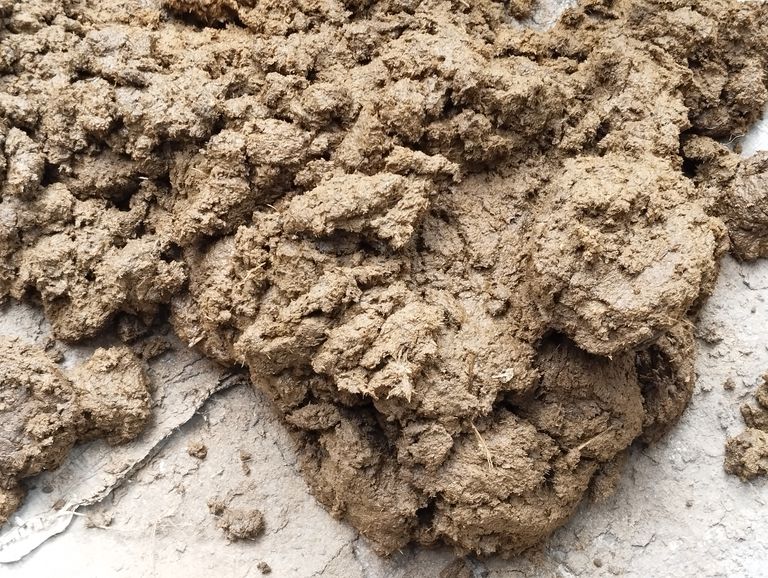
Effective Methods for Fattening Cattle: A Comprehensive Guide
Fattening cattle is a common practice for farmers and livestock owners aiming to increase their animals' weight for better market value or milk production. Proper care, a balanced diet, and regular monitoring are essential to achieve optimal results. This guide provides a detailed overview of effective cattle fattening practices, focusing on feed management, healthcare, and environmental factors.
- Selecting the Right Breed
Before starting a cattle fattening program, selecting the right breed is crucial. Choose breeds known for rapid weight gain, such as:
Brahman
Charolais
Angus
Holstein Friesian
These breeds have high genetic potential for growth and are efficient in feed conversion.
- Balanced Diet
Providing a nutritious and balanced diet is the cornerstone of successful cattle fattening. The feed should contain adequate energy, protein, vitamins, and minerals.
a. Energy Sources
Cattle require energy-rich feeds to support weight gain. Some common sources include:
Maize
Barley
Sorghum
Molasses
b. Protein Sources
Proteins are essential for muscle development. Good protein sources include:
Soybean meal
Cottonseed meal
Fishmeal
Groundnut cake
c. Roughage
While energy and protein feeds are crucial, roughage like straw and grass ensures proper digestion. Common roughages include:
Napier grass
Alfalfa
Corn silage
d. Supplements
To fill nutrient gaps, provide mineral and vitamin supplements. These support overall health and prevent deficiencies.
- Feeding Schedule
A proper feeding schedule ensures maximum feed utilization and avoids wastage.
Feed cattle twice or thrice a day at fixed times.
Provide fresh water after feeding to aid digestion.
Include roughage at night to maintain rumen activity.
- Housing and Management
Cattle housing and general management play a significant role in their growth.
Shelter: Provide a clean, dry, and well-ventilated area. Protect cattle from extreme weather conditions.
Space: Allocate at least 10-12 square feet per animal to avoid overcrowding.
Hygiene: Clean the shed regularly to prevent diseases.
- Health Management
Good health ensures uninterrupted growth. Follow these steps for effective health management:
a. Regular Vaccination
Vaccinate cattle against common diseases like foot-and-mouth disease (FMD), anthrax, and blackleg.
b. Deworming
Conduct deworming every 2-3 months to eliminate internal parasites.
c. Veterinary Checkups
Schedule regular checkups to detect and treat any illnesses promptly.
- Weight Monitoring
Track the cattle’s weight regularly using a weighing scale or measuring tape. This helps assess the effectiveness of the feeding program and identify any issues early.
- Avoid Overfeeding
Overfeeding can lead to obesity and health problems like fatty liver syndrome. Stick to the recommended daily feed intake based on the cattle’s weight and growth stage.
- Natural Growth Boosters
Incorporate natural growth enhancers for better results, such as:
Probiotics: Improve digestion and feed efficiency.
Yeast: Enhances nutrient absorption.
Herbal additives: Boost immunity and overall health.
- Stress Management
Stress negatively impacts growth. Ensure a stress-free environment by:
Minimizing handling and transportation.
Providing companionship through group housing.
Reducing loud noises and disturbances.
- Seasonal Adjustments
Adapt feeding and management practices according to the seasons:
In winter, provide warm shelters and energy-rich feed.
In summer, ensure access to cool water and shade.
Fattening cattle requires a strategic approach combining proper nutrition, health care, and management. By following the above methods, farmers can maximize growth and ensure high-quality livestock for the market. Regular monitoring and adjustments will help achieve desired results efficiently and sustainably.
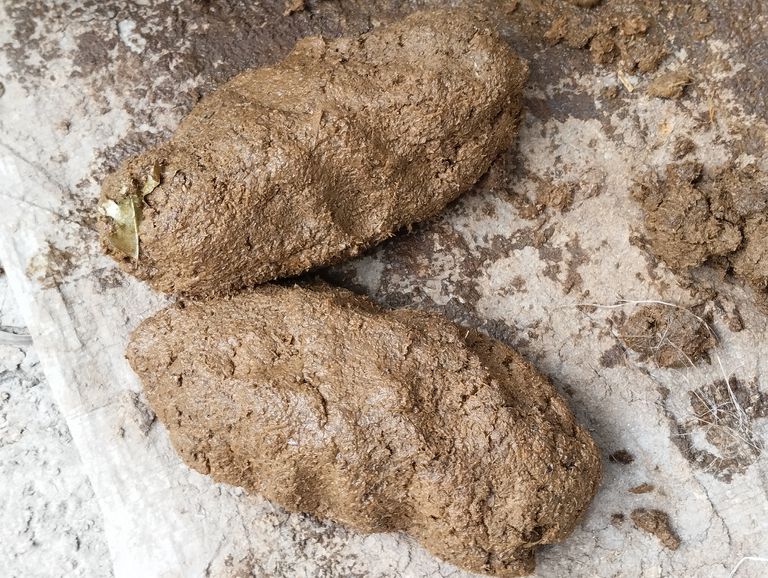
Benefits of Eating Beef: A Comprehensive Overview
Beef, a widely consumed red meat, is not only a culinary favorite but also a powerhouse of essential nutrients. While it often stirs debates regarding health and sustainability, when consumed in moderation, beef can offer a range of benefits for the human body. Here’s an in-depth look at why beef deserves a place on your plate.
- Rich Source of High-Quality Protein
Beef is a complete protein, providing all nine essential amino acids required for muscle repair and growth. Protein is vital for maintaining body tissues, supporting immune function, and producing enzymes and hormones. For athletes and fitness enthusiasts, beef can be an excellent dietary addition for building and maintaining muscle mass.
- Packed with Essential Vitamins
Beef is a significant source of several vitamins:
Vitamin B12: Crucial for brain health, energy production, and red blood cell formation.
Vitamin B6: Aids in brain development and supports a healthy immune system.
Niacin (Vitamin B3): Helps improve cholesterol levels and supports skin health.
- Loaded with Minerals
Beef is naturally rich in minerals that are vital for various bodily functions:
Iron: The heme iron in beef is easily absorbed and helps in preventing anemia by supporting red blood cell production.
Zinc: Essential for a robust immune system, wound healing, and DNA synthesis.
Selenium: Acts as an antioxidant and plays a role in thyroid hormone metabolism.
Phosphorus: Helps in building strong bones and teeth and supports kidney function.
- Supports Muscle Growth and Maintenance
Beef’s high protein content, coupled with its supply of creatine, makes it a preferred food for muscle building. Creatine is a compound that enhances muscle strength and exercise performance, making beef particularly beneficial for athletes and active individuals.
- Boosts Brain Function
The combination of iron, zinc, and B vitamins in beef supports cognitive health. Iron ensures adequate oxygen supply to the brain, while zinc aids in neural communication. Vitamin B12 helps maintain the health of nerve cells and produces neurotransmitters essential for mood and memory.